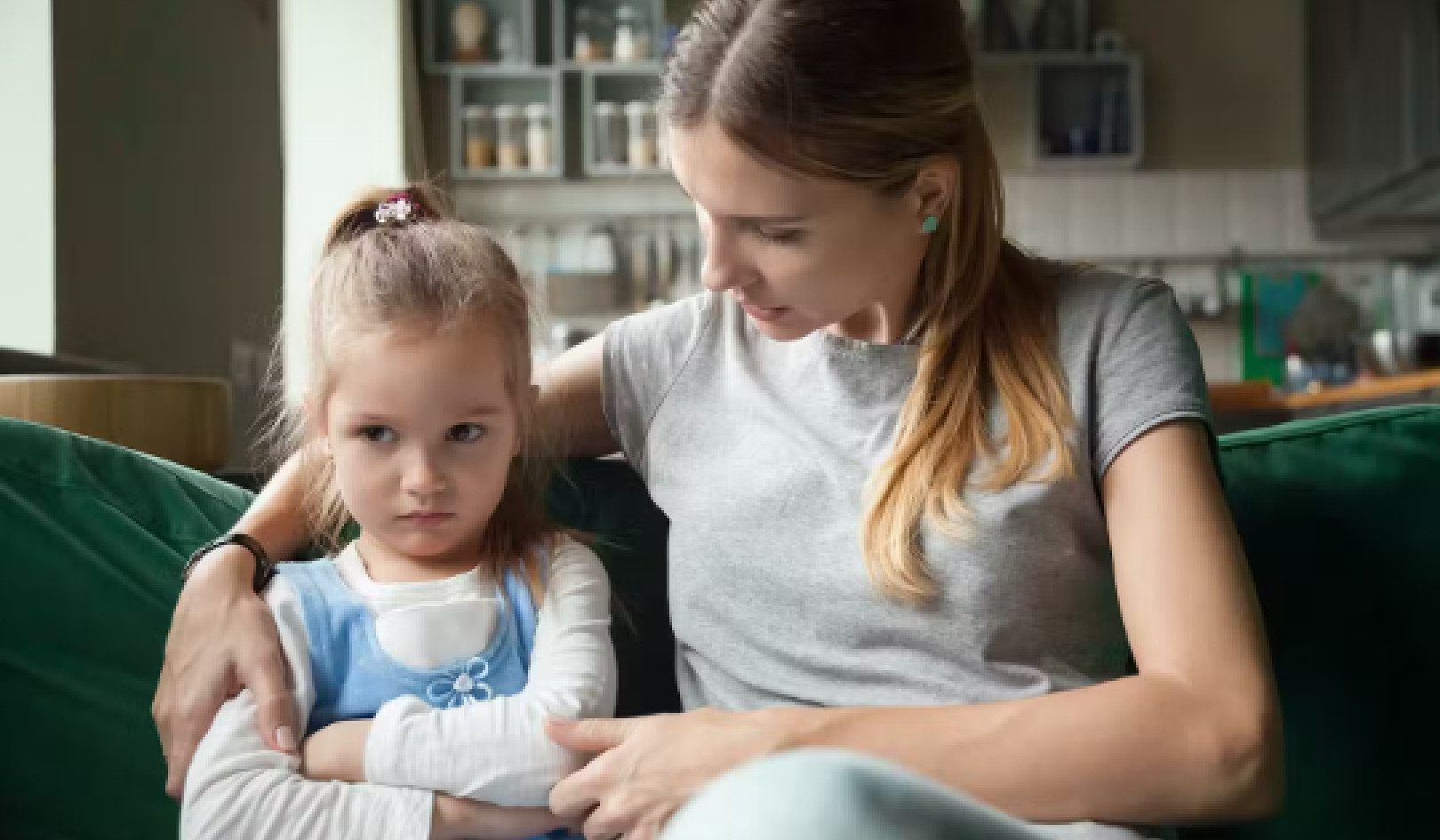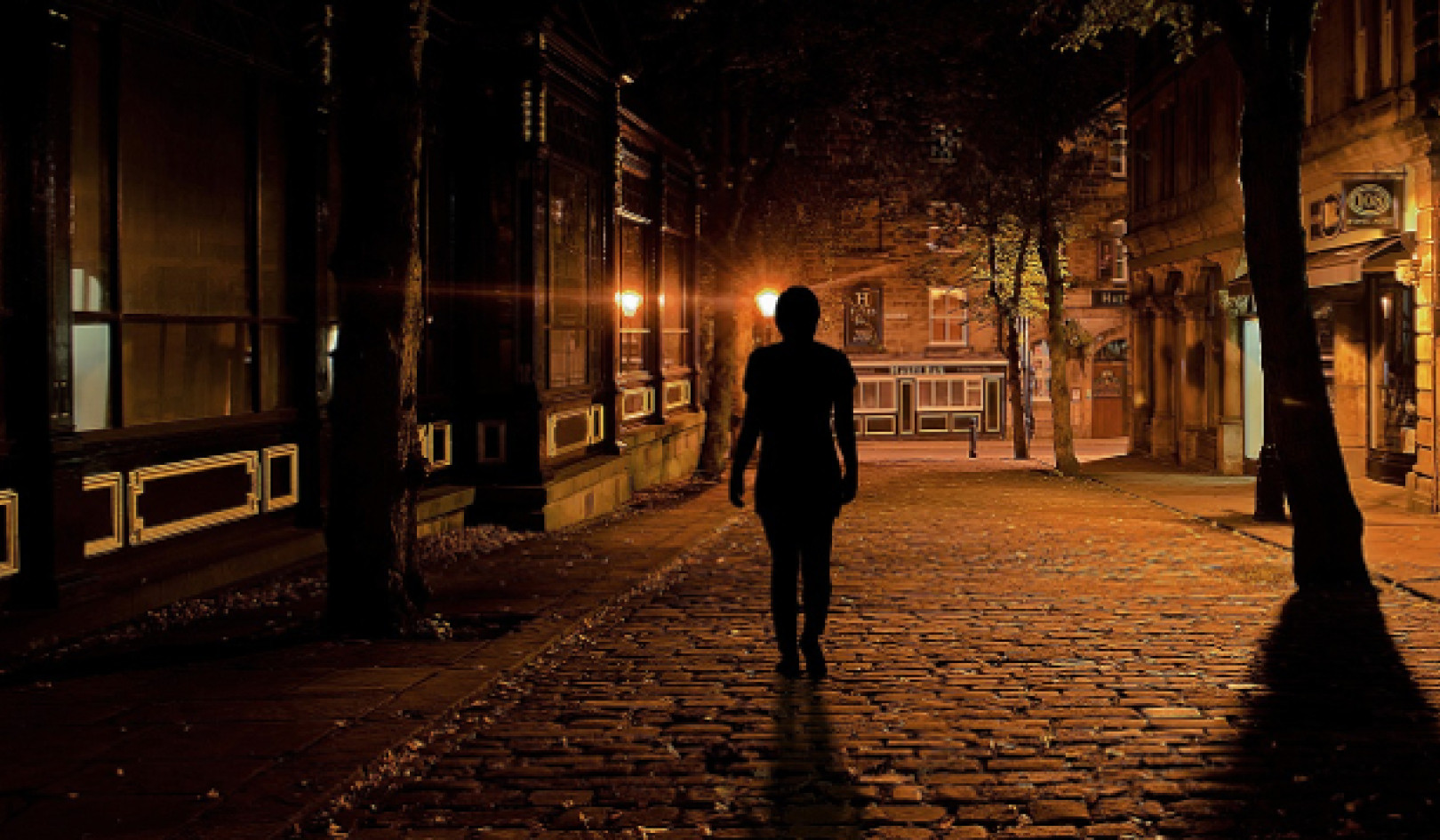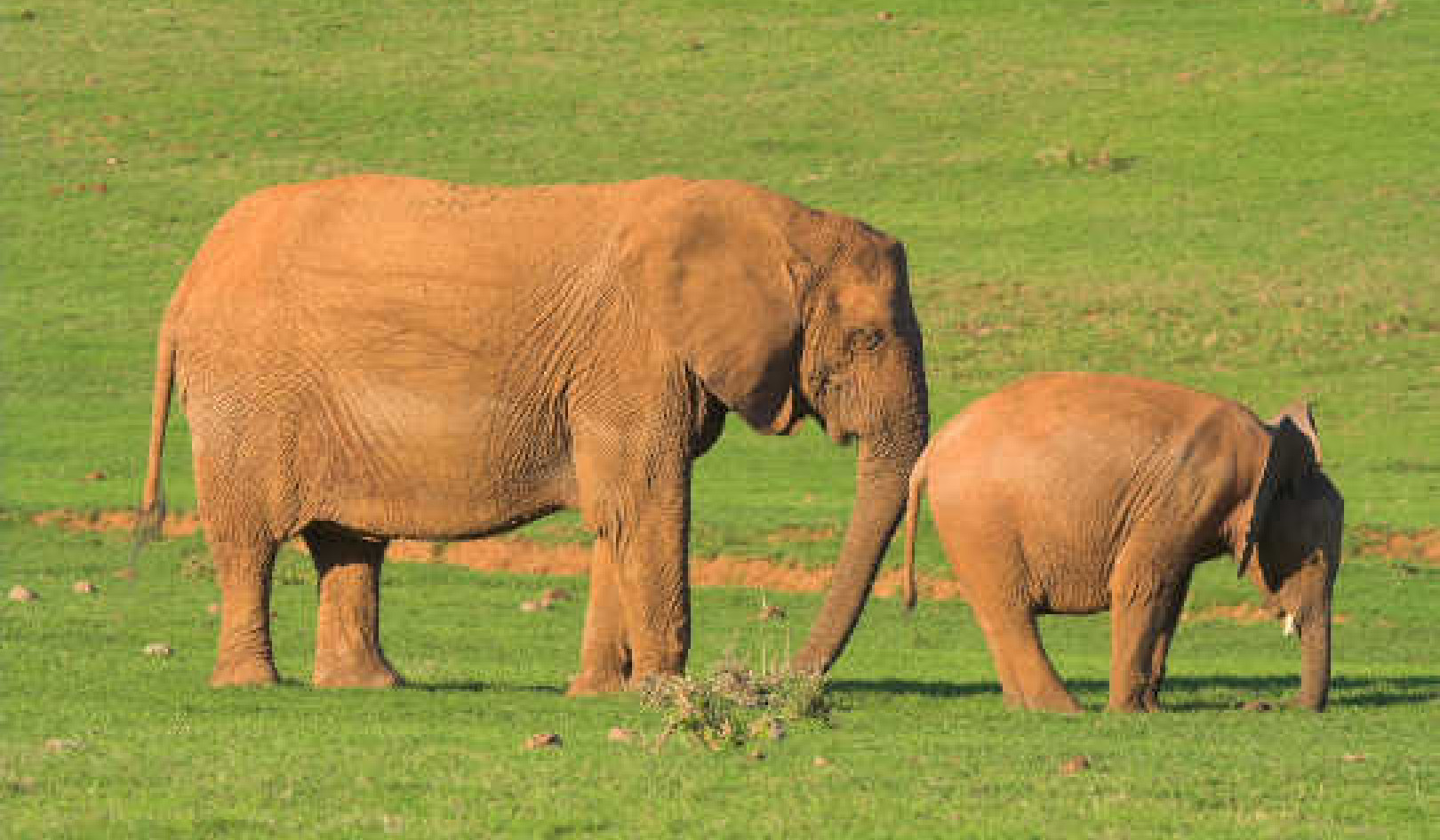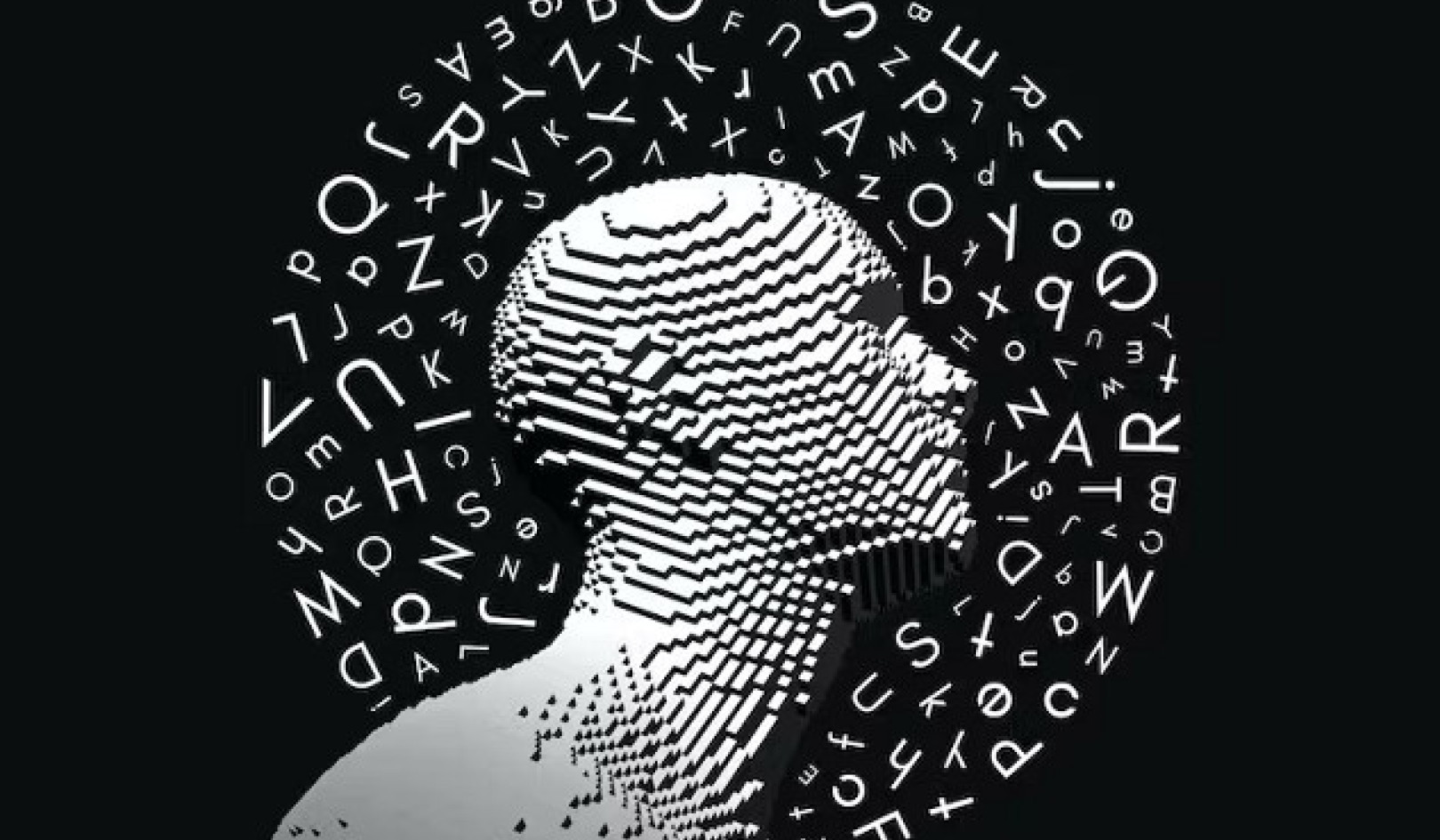
Foreground image by Gerd Altmann and background by Alex Myers.
The Discovery stage starts with a question: What is currently distracting us from searching more deeply and appreciating more fully the resources we need for a Good Life that we have close to home? There are many possible answers to this question, but we’d like to nominate consumerism as the main culprit, the number one distracter from the value of what surrounds us.
Consumerism carries two related messages that dampen the impulse to discover hidden treasure in our own neighborhoods. These messages can be summarized as follows:
-
Your Good Life is in the marketplace outside your neighborhood’s economy, first to be bought and then to be consumed.
-
Local handmade and homemade solutions are not enough.
So the goods and services outside our communities, which can be packaged and purchased, are valued while local assets are subtly devalued. The difficulty here is that we pursue the things we value. That’s why our first step toward discovering what we have locally is to reverse the emphasis that consumer culture places on shopbought alternatives to local assets. Here’s an anecdote to further illustrate this point.
John, one of the authors of this book, loves to visit the West of Ireland. When he travels there, he rents a little house near a lake. He enjoys fishing and so travels with an easily assembled fishing rod. On one occasion he didn’t have any bait, so he went to a little store in the local village and asked the gentleman there, “Do you have any bait?” The shopkeeper replied, “What do you mean by ‘bait’?” “Well,” John said, “like worms.”
The shopkeeper looked surprised. He said, “On your way into my shop, did you see those two big whitewashed stones at each side of the door you walked through? Well, if you go out there and turn one of them over, you’ll find a lot of worms; they’ll provide all the bait you need.”
This story offers a great life lesson: for the most part (there are exceptions to every rule), all around us there is almost everything we are looking for if we’re prepared to live within reasonable limits. That truth is hard to see if we think the way to have a Good Life is to buy it. That’s why, if we are only consumers, we will never see what’s there. To see what’s there, we must be crafty: creators, makers, producers.
Looking First to What We Have Before Seeking a Market Solution
In every community, the worms are the equivalent of the hidden treasures in our neighbors and neighborhood. They can be found in the local soil (the place and relationships) if we’re prepared to go digging to uncover them. The worms in this sense are what we need to live a vibrant and Good Life and to secure life’s necessities.
In John’s story, he took just enough worms, but not too many—an important reminder that in nature if you take too much you eventually destroy the ecology.
The other important dimension of the story is that the shopkeeper did not try to sell John anything. This is an uncommon experience for modern consumers.
Before we enter the Discovery stage, we’ve got to ask, Would our current values take us outside the shop to search beneath the whitewashed stones, or would they prompt us to get into our car and drive toward a better Main Street store with more product options? The question is whether we take the bait and go shopping outside our local economies for our Good Life, or whether our personal values allow us to create even a little space for the possibility that some primary pieces of the jigsaw that make up a decent life are found close to home in the neighborhoods that surround us.
We tend to search out what we value. So, before we can fully set off on a journey of Discovery in our neighborhoods, the first and most obvious question to ask is, Is there value in what’s local?1
Local Solutions in the Face of Global Challenges
In a world facing so many global crises, it is understandable to have doubts as to the power of local people to influence climate change, rising unemployment, economic challenges, and the evergrowing issues of loneliness and poor health. The dominant story is that local efforts don’t amount to much; real change happens in faraway boardrooms, not around kitchen tables and local shorelines. The future of our local economies and built and natural environments relies on what happens on Wall Street; not on our street. Our welfare is in the “invisible hand” of the marketplace, not in the hands of hardworking local businesses and the neighbors who act as patrons to the local economy by choosing to “buy local.”
The same people who dismiss local economics also sneer at those engaged in the sharing economy, where, for example, car sharing in neighborhoods is chosen over car ownership. In this book we argue that the story that topdown big institutions are our best hope is half baked; that story is written on a promissory note that has bounced over and over again. It is a story that has run its course, and in doing so has run us and our planet into a brick wall.
But there is hope. Take climate change, for example. Much of the energy we use to light our communities, run our cars, heat our homes, and power our local businesses comes from giant, distant, toxic, and nonrenewable sources of energy. The very real alternative is for local placebased communities to plan, finance, and produce their own local, renewable energy that is reliable, safe, and sustainable, and to do it in ways that bring a net financial return back to the local economy.
This is exactly what people living on the Scottish Isle of Eigg did in 2008, when they became the first placebased community in the world to go completely offgrid. Today they rely solely on wind, water, and solar power. They are truly a Connected Community. They are also part of a grassroots movement for change in responding to the global climate crisis, because they are adding a new possibility to the “Reduce, Reuse, and Recycle” call to action: Replace. They are replacing distant, polluting, nonrenewable sources of energy with community alternatives, and they are making honest money for their local communities while doing so, because they are getting paid for returning clean energy back to the mainstream grid.
Considering Your Options with Refreshed Eyes
We want to lift up the facts that so often get overlooked and invite you to consider your options with refreshed eyes. Year after year, labor market surveys in Great Britain show that people living in Connected Communities are four times more likely to find meaningful employment and build sustainable livelihoods through local networks than through a Job Center. Research on health highlights that people living in supportive communities increase their chances of being healthy by 27 percent.
In his 2013 article in New Scientist, “When Disaster Strikes, It’s the Survival of the Sociable,” Robert Sampson, one of the world’s most respected social scientists on policing and public safety, tells us what the evidence proves: “stronger neighborhoods have significantly less crime.”
And the virtues of localism don’t stop there. When they are sufficiently enterprising, local communities can punch well above their weight, producing decent livelihoods and vibrant economies that are the envy of the world.
Neighborhood Economies
Connected Communities have discovered viable local alternatives to industrialized, standardized, and exclusively knowledgebased economies. In this book we call those local alternatives neighborhood economies.
Neighborhood economies are founded on the following principles:
-
Our common wealth is discovered on the day we and our neighbors agree we have important work to do and if we don’t do it, it won’t get done.
-
Trust and cooperation between neighbors are what get the key job done.
-
Our wealth is in our gifts—of people, place, and culture. We organize to spend our money in ways that create a circular economy, and we recognize that our current neighborhood economy is usually like a leaky bucket. If we’re going to nurture our common wealth, we need to plug the holes through which our money is leaking out and disappearing into distant economies never to return.
Key to the Good Life #1: The extent to which we personally flourish is tied to how much our neighbors and our neighborhoods are flourishing.
It turns out that we are our brothers’, sisters’, and planet’s keepers. There is no such thing as self-reliance; we are all interdependent—which means our Good Life is found in our communities and local economies, not in distant marketplaces.
Lifting up the Value of Localism
One of the hidden dangers of consumer culture is that it sometimes baits us into overlooking local assets in favor of specialized external services or goods. And though local assets are not sufficient on their own to respond to all of life’s challenges, they are essential to a decent, satisfying, and inclusive life.
The Good Life starts close to home, when we discover what we have around us and the power we have within us as makers and producers. By adopting the mindset of a producer, a maker, and a creator, not a passive consumer, we learn to resist the gravitational pull of consumer culture and keep at least some energy in reserve to discover the gifts of our local places.
Copyright 2022. All Rights Reserved.
Printed with permission.
Article Source:
BOOK: The Connected Community
The Connected Community: Discovering the Health, Wealth, and Power of Neighborhoods
by Cormac Russell and John McKnight
 We may be living longer, but people are more socially isolated than ever before. As a result, we are hindered both mentally and physically, and many of us are looking for something concrete we can do to address problems like poverty, racism, and climate change. What if solutions could be found on your very doorstep or just two door knocks away?
We may be living longer, but people are more socially isolated than ever before. As a result, we are hindered both mentally and physically, and many of us are looking for something concrete we can do to address problems like poverty, racism, and climate change. What if solutions could be found on your very doorstep or just two door knocks away?
Learn to take action on what you already deeply know—that neighborliness is not just a nice-to-have personal characteristic but essential to living a fruitful life and a powerful amplifier of community change and renewal.
For more info and/or to order this book, click here. Also available as an Audiobook and as a Kindle edition.
About the Authors
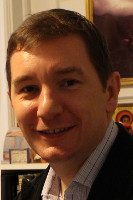 Cormac Russell is a veteran practitioner of asset-based community development (ABCD) with experience in 36 countries. A social explorer, author, speaker, and managing director of Nurture Development, he sits on the faculty of the Asset-Based Community Development (ABCD) Institute, at DePaul University, Chicago.
Cormac Russell is a veteran practitioner of asset-based community development (ABCD) with experience in 36 countries. A social explorer, author, speaker, and managing director of Nurture Development, he sits on the faculty of the Asset-Based Community Development (ABCD) Institute, at DePaul University, Chicago.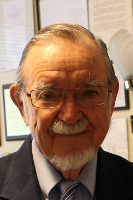
John McKnight is cofounder of the Asset-Based Community Development Institute, a Senior Associate at the Kettering Foundation, and sits on the board of a number of community development organizations. Cormac Russell and John McKnight coauthored The Connected Community: Discovering the Health, Wealth, and Power of Neighborhoods.





















